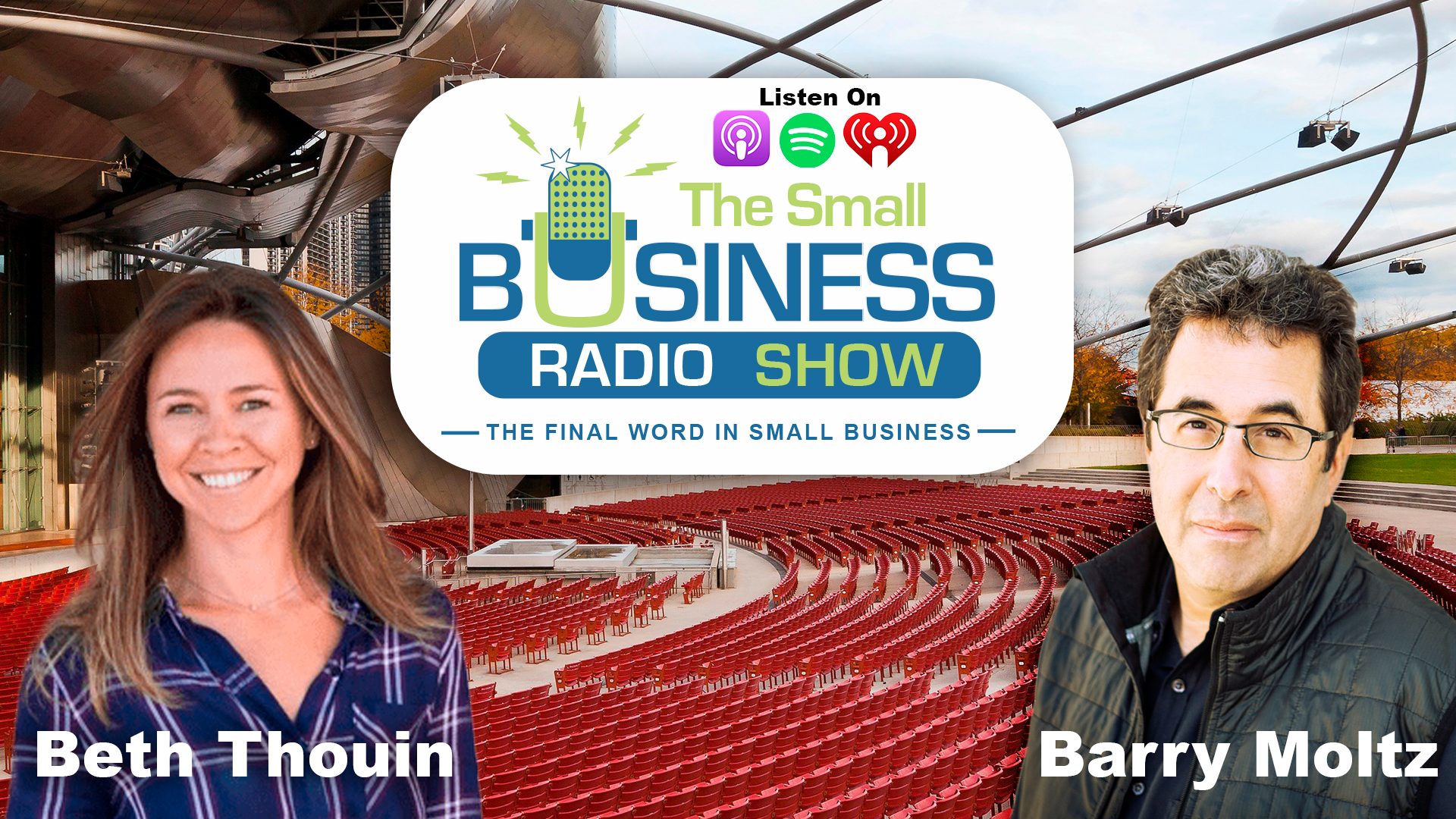On this episode of The Small Business Radio Show…
SEGMENT 1: When it comes to a website, it’s not set it and forget it. According to a Stanford university study, 75% of consumers judge a company’s credibility based on their website’s design. Reviewing your website performance with a professional marketer is just like reviewing your balance sheet with your accountant. If you want to upgrade your website, what elements should you focus on?
SEGMENT 2: Are you working hard to develop and launch a new or innovative product? If so, I have some good news …and some bad news. First, the bad news: most new products will fail in the market, even if competently executed. The good news is that the former Engineering Director at Google is here to help us avoid this failure.
SEGMENT 3: One of the parts of the economy that has really grown over the last 10 years is the maker culture. This is a democratic, “DIY” culture that intersects with “hacker culture” and revels in the creation of new things as well as tinkering with existing ones. One company, The Grommet, has been on the leading edge of this and one of the co-founders is on to share her insight on the maker economy.
Listen to The Small Business Radio Show
Listen to “#535 Does Your Website Tell the Right Story?” on Spreaker.
Segment 1: Beth Thouin is VP of Digital Marketing at Web.com.
1:00 – What are the essential marketing components of a website?
4:00 – How do you communicate your business narrative on your website structurally?
6:45 – What is the best way to prove you are a legit business?
8:45 – What are the best website calls to action?
10:30 – Should you check out your competition before you design your website?
13:00 – What are the design elements you need to define for your website?
15:30 – People only read 20% of your website copy. Here’s what this means for the design of your website.
16:30 – A real-time review of a listener’s website.
18:45 – Exciting offers for small business owners who want to easily create a website.
Click here to read what the best small business websites have in common.
Segment 2: Alberto Savoia is an award-winning entrepreneur, innovator, and speaker. He was the Engineering Director at Google. Today, in addition to working on his own ideas and projects, he teaches his unique approach for beating the Law of Market Failure in seminars and workshops at Google, Stanford University, and to organizations all over the world. He has won significant industry recognition and awards, including: the Wall Street Journal Technical Innovation Award. He is the author of the book “The Right It”.
22:30 – Why do most new product innovations fail even if they are well executed?
24:15 – Why it’s a bad idea to invest in good ideas. What SHOULD you invest in?
26:30 – How can you be sure that people will buy your product innovation before you create it?
30:30 – The danger of keeping your product innovation in “thought land” and why you shouldn’t wait to take your product innovation to market.
32:00 – If there is no market, there is no way for your product.
33:45 – Alberto walks us through how to approach the market and why you should assume your product is not going to be successful.
Segment 3: Jules Pieri is cofounder and CEO of The Grommet, a site that has launched more than two thousand consumer products since 2008. Jules started her career as an industrial designer for technology companies and was an executive at Keds, Stride Rite, and Playskool. She was named one of Fortune’s Most Powerful Women Entrepreneurs in 2013 and Goldman Sachs’ 100 Most Interesting Entrepreneurs in 2014. She is currently an Entrepreneur in Residence at Harvard Business School. Her new book is “HOW WE MAKE STUFF NOW: Turn Ideas into Products That Build Successful Businesses”.
38:00 – Why has turning an idea into a product suddenly become democratic and accessible to all instead of something limited only to big-time entrepreneurs with financial backing?
40:30 – It also seems like making prototypes is easier today for makers, how?
42:00 – How do independent makers sell their products? Why it might not be as easy as you think.
43:45 – What frustrated you in your corporate career at big product companies that you tried to solve by co-founding The Grommet, a site dedicated to makers and launching their consumer products?
46:00 – How can makers decide if their product has potential?
48:30 – How do you convince a maker that they need to talk to the consumer before making anything?
49:45 – Who are some of the makers that inspired your book “How We Make Stuff Now”?
Sponsored by Nextiva, Corporate Direct, MAKO and Web.com

